Last month, I was scrambling to find something special for my mom's birthday dinner. She's been eating healthier lately, and I wanted to surprise her with something both nutritious and delicious. That's when I remembered the bag of fresh malunggay leaves sitting in my fridge from the Filipino market. I thought, why not try making pesto with them?
What started as a birthday experiment turned into our new family favorite! This vibrant green pasta combines the earthy, nutrient-packed goodness of malunggay with creamy cashews and sharp parmesan. The best part? It takes just 22 minutes from start to finish, and there's zero actual cooking involved for the sauce. Just throw everything in a food processor and blend away.
Jump to:
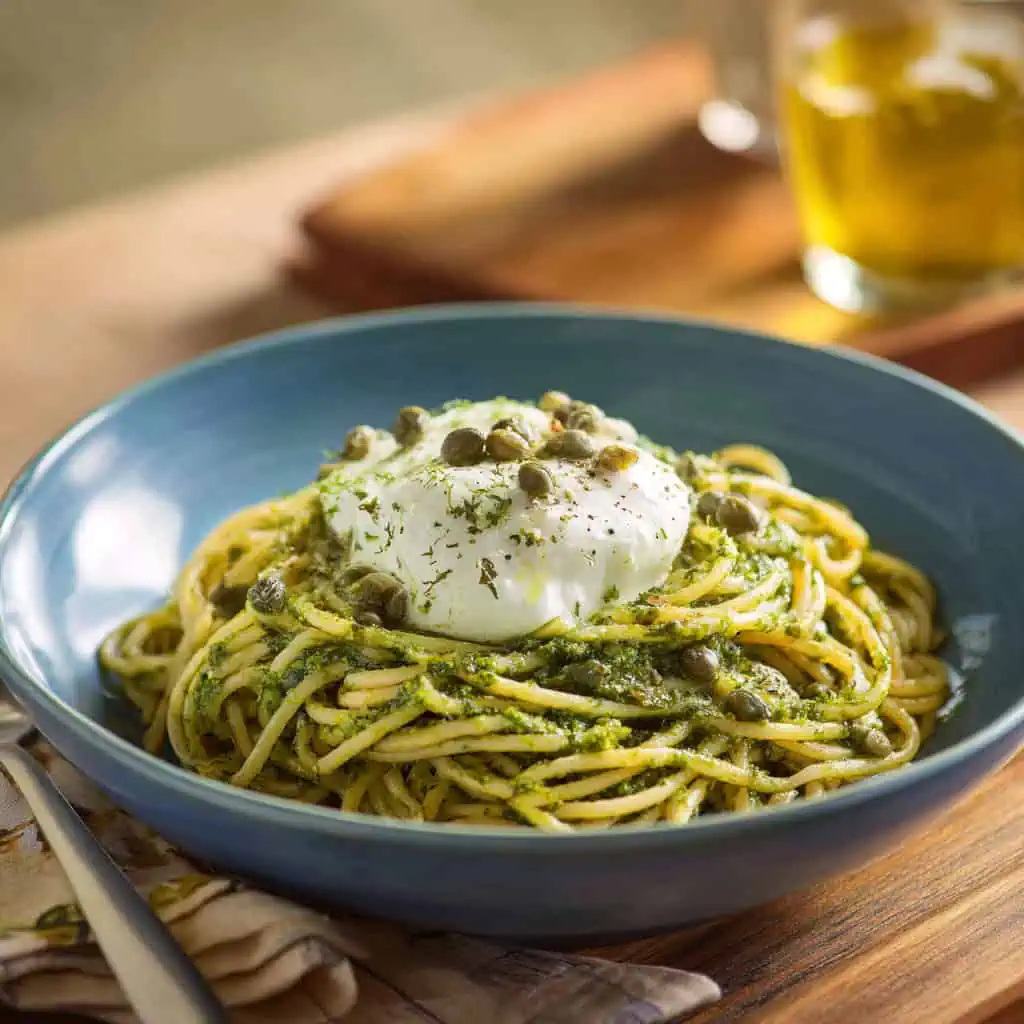
Why You'll Love This Recipe
This vibrant green pasta combines the nutritional powerhouse of malunggay (moringa) with the classic comfort of Italian pesto. You'll fall in love with how incredibly easy it is to make - no cooking required for the sauce, just blend and serve!
The earthy, slightly peppery flavor of malunggay pairs beautifully with creamy cashews and sharp vegan parmesan, creating a restaurant-quality dish in under 25 minutes. Plus, you're getting a mega dose of vitamins, iron, magnesium, and protein in every bite, making this one of the most nutritious pasta dishes you can serve your family.
Ingredients
- 1 cup fresh malunggay leaves
- 3 cups fresh baby spinach
- 1 cup unsalted roasted cashews
- ½ cup green onions, chopped
- 2 garlic cloves, chopped
- 1 cup vegan parmesan
- 1 cup olive oil
- 1 teaspoon salt
- 1 teaspoon black pepper
- 16 oz spaghetti
- ¼ cup tuyo or capers (for topping)
- 8 oz burrata cheese (for topping)
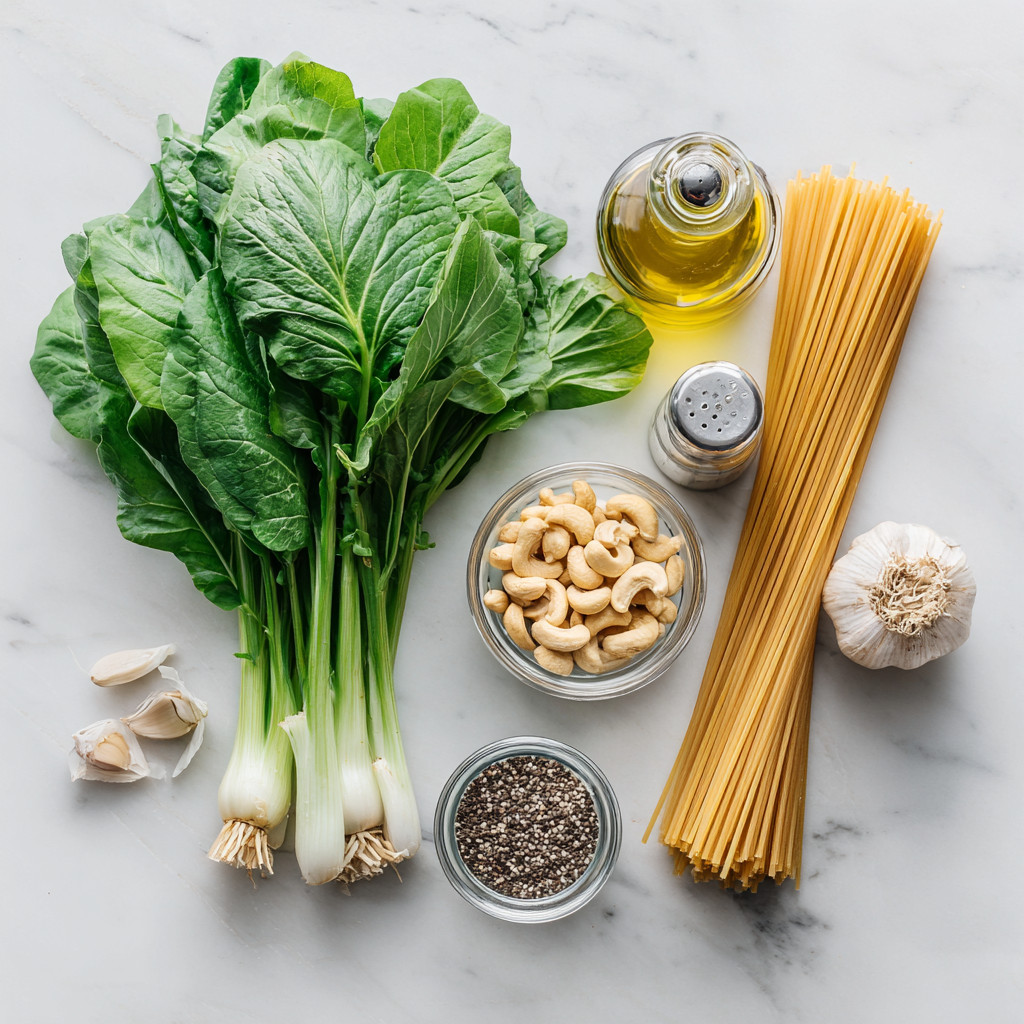
Fresh malunggay leaves provide an incredible nutritional boost with their earthy, slightly bitter flavor that's balanced by mild baby spinach. Roasted cashews create natural creaminess without dairy, while green onions add a subtle bite that complements the garlic.
High-quality olive oil carries all the flavors together, and vegan parmesan brings that essential umami depth that makes pesto irresistible.
Equipment
- Food Processor or High-Speed Blender: Essential for creating that perfectly smooth, creamy pesto texture. A food processor works best as it gives you more control over the consistency.
- Large Pot: For cooking the pasta with enough room for water to circulate freely.
- Colander: To drain the pasta while reserving that precious pasta water.
- Large Serving Bowl: For mixing the pasta with pesto and serving family-style.
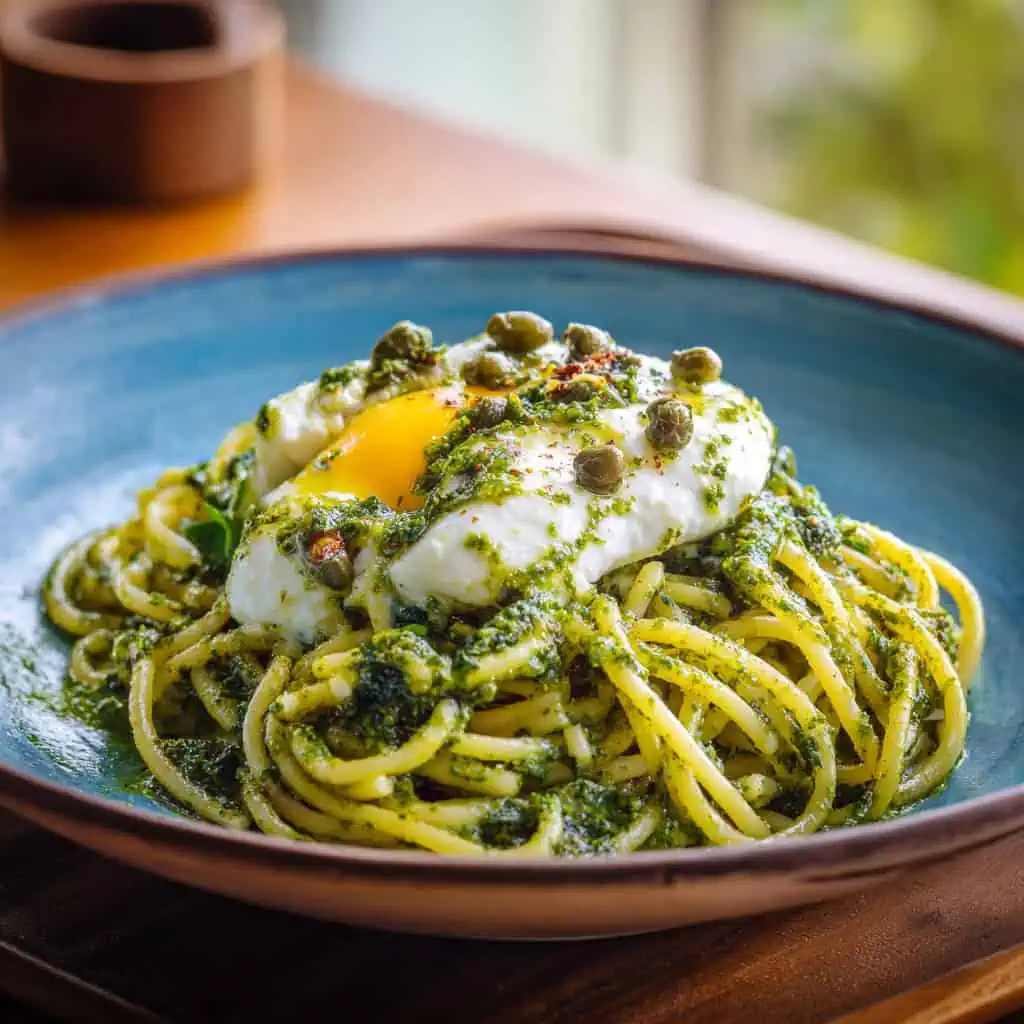
How To Make
- Start by adding all pesto ingredients to your food processor or blender. This includes the malunggay leaves, spinach, cashews, green onions, garlic, vegan parmesan, olive oil, salt, and pepper.
- Blitz the mixture for 1-2 minutes until completely smooth and creamy, stopping to scrape down the sides as needed. The pesto should have a vibrant green color and silky texture.
- Transfer the finished pesto to a clean jar and set aside. You'll have more than you need for this recipe, which is perfect for storage.
- Bring a large pot of salted water to a rolling boil and cook the spaghetti according to package directions until al dente.
- Before draining the pasta, reserve ½ cup of the starchy pasta water - this is crucial for creating the perfect sauce consistency.
- Drain the pasta and return it to the pot or transfer to a large serving bowl.
- Add up to 1 cup of the malunggay pesto to the hot pasta along with the reserved pasta water. The starch in the pasta water helps the pesto cling beautifully to each strand.
- Toss everything together until the pasta is evenly coated with the vibrant green pesto.
- Transfer to your serving platter and top with torn burrata cheese and your choice of tuyo or capers for that perfect briny contrast.

Tips from Lola's Kitchen
- Always taste your pesto before mixing with pasta - you might want to adjust salt or add more garlic depending on your preference
- Don't skip the pasta water - it's the secret to restaurant-quality pasta that doesn't feel dry
- Make pesto ahead of time - it actually tastes better after sitting for 30 minutes as flavors meld together
- Toast your cashews lightly if they're not already roasted for extra nutty flavor
- Use room temperature ingredients for easier blending and smoother texture
- Add pesto gradually - you can always add more, but you can't take it away
Substitutions
- No fresh malunggay? Replace with 2 tablespoons malunggay powder and add an extra 1½ cups spinach
- Out of cashews? Pine nuts, walnuts, or even sunflower seeds work beautifully
- No vegan parmesan? Regular parmesan or nutritional yeast (use ¾ cup) are great alternatives
- Don't have tuyo? Capers, olives, or even crispy bacon bits add that salty element
- Burrata too fancy? Fresh mozzarella, ricotta, or even cream cheese work
- Any pasta shape works - penne, fusilli, or even zucchini noodles for low-carb option
Troubleshooting
- Pesto too thick? Add more olive oil or a splash of pasta water to thin it out
- Pesto too thin? Add more cashews or vegan parmesan to thicken
- Bitter taste? Balance with a pinch of sugar or more cashews
- Pasta seems dry? You need more pasta water - the starch is key for creamy coating
- Pesto turning brown? This happens with oxidation - add a squeeze of lemon juice to preserve color
- Not enough flavor? Taste and adjust salt, garlic, or add a splash of lemon juice
Storage & Reheating
- Leftover pesto keeps in the fridge for up to 1 month in an airtight jar with a thin layer of olive oil on top
- Freeze pesto in ice cube trays for individual portions that last up to 6 months
- Cooked pasta with pesto stores for 3-4 days in the refrigerator
- To reheat: Add a splash of pasta water or olive oil and gently warm in a pan over low heat
- Don't microwave - it can make the pasta rubbery and separate the oils
- Bring to room temperature before serving for best flavor
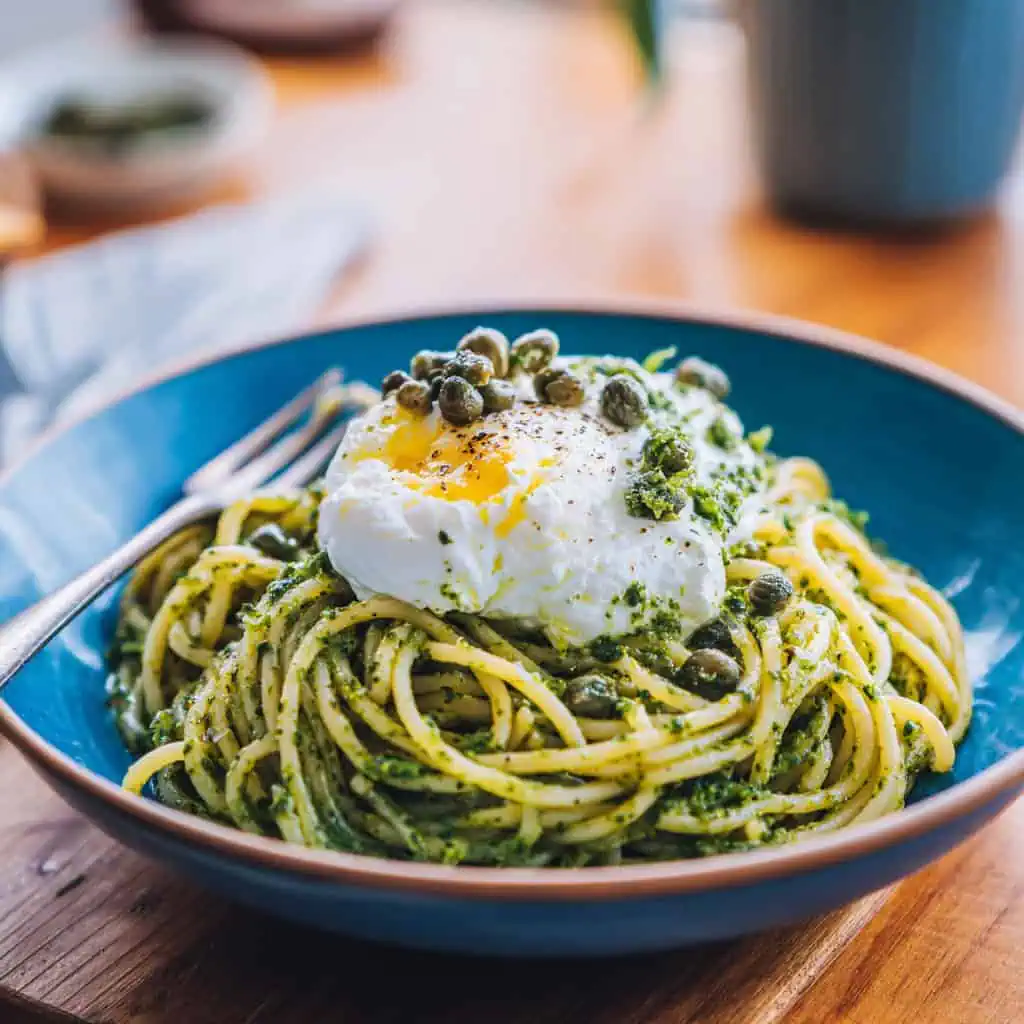
FAQ
Can I make this dairy-free?
Absolutely! The vegan parmesan keeps it completely dairy-free, just skip the burrata topping
Is malunggay the same as moringa?
Yes! Malunggay is the Filipino name for moringa, they're exactly the same superfood plant
Where can I buy malunggay leaves?
Check Filipino grocery stores, Asian markets, or farmers markets - Seafood City and 99 Ranch often carry them
Can I use frozen malunggay?
Fresh is best, but thawed frozen leaves work, just pat them dry first
How spicy is this?
It's not spicy at all, malunggay has an earthy, slightly bitter taste, not heat
Can kids eat this?
Definitely! It's a sneaky way to get tons of nutrients into picky eaters
Does this taste fishy with the tuyo?
The tuyo adds a subtle briny depth, not fishiness, it's optional if you're concerned
Related
Looking for other recipes like this? Try these:
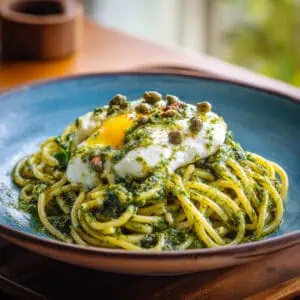
Malunggay Pesto Pasta Recipe
Ingredients
- 1 cup fresh malunggay leaves
- 3 cups fresh baby spinach
- 1 cup unsalted roasted cashews
- ½ cup green onions chopped
- 2 garlic cloves chopped
- 1 cup vegan parmesan
- 1 cup olive oil
- 1 teaspoon salt
- 1 teaspoon black pepper
- 16 oz spaghetti
- ¼ cup tuyo or capers for topping
- 8 oz burrata cheese for topping
Instructions
- Start by adding all pesto ingredients to your food processor or blender. This includes the malunggay leaves, spinach, cashews, green onions, garlic, vegan parmesan, olive oil, salt, and pepper.
- Blitz the mixture for 1-2 minutes until completely smooth and creamy, stopping to scrape down the sides as needed. The pesto should have a vibrant green color and silky texture.
- Transfer the finished pesto to a clean jar and set aside. You'll have more than you need for this recipe, which is perfect for storage.
- Bring a large pot of salted water to a rolling boil and cook the spaghetti according to package directions until al dente.
- Before draining the pasta, reserve ½ cup of the starchy pasta water - this is crucial for creating the perfect sauce consistency.
- Drain the pasta and return it to the pot or transfer to a large serving bowl.
- Add up to 1 cup of the malunggay pesto to the hot pasta along with the reserved pasta water. The starch in the pasta water helps the pesto cling beautifully to each strand.
- Toss everything together until the pasta is evenly coated with the vibrant green pesto.
- Transfer to your serving platter and top with torn burrata cheese and your choice of tuyo or capers for that perfect briny contrast.
Tips from Lola's Kitchen
- Always taste your pesto before mixing with pasta - you might want to adjust salt or add more garlic depending on your preference
- Don't skip the pasta water - it's the secret to restaurant-quality pasta that doesn't feel dry
- Make pesto ahead of time - it actually tastes better after sitting for 30 minutes as flavors meld together
- Toast your cashews lightly if they're not already roasted for extra nutty flavor
- Use room temperature ingredients for easier blending and smoother texture
- Add pesto gradually - you can always add more, but you can't take it away
The Story Behind Malunggay Pesto Pasta
Malunggay pesto pasta represents the beautiful marriage of Filipino tradition and Italian technique. Malunggay, known scientifically as moringa oleifera, has been called the "miracle tree" in Filipino culture for centuries. Every part of this incredible plant is edible, but the leaves are especially prized for their exceptional nutritional content. Filipino families have long incorporated malunggay into soups, stews, and vegetable dishes, understanding its power to nourish and heal long before Western science caught on to the superfood trend.
Traditional Italian pesto originated in Liguria, where basil grows abundantly in the Mediterranean climate. The classic combination of basil, pine nuts, garlic, parmesan, and olive oil has remained virtually unchanged for generations. However, pesto's versatility has always been part of its charm, Italian cooks have experimented with different greens, nuts, and cheeses based on what grows locally and seasonally.
The fusion of these two culinary traditions creates something entirely new yet familiar. Malunggay's earthy, slightly bitter flavor profile actually complements the rich, nutty elements of traditional pesto beautifully. The addition of spinach helps mellow the intensity of raw malunggay while maintaining the vibrant green color that makes this dish so visually striking.
This recipe bridges cultures in the most delicious way possible. Filipino-Americans and health-conscious home cooks have embraced malunggay pesto as a way to honor their heritage while creating something approachable for the whole family. It's become increasingly popular as more people discover that eating healthy doesn't mean sacrificing flavor. The convenience of a no-cook sauce combined with the superfood benefits of malunggay makes this dish perfect for busy weeknight dinners or special occasions alike.
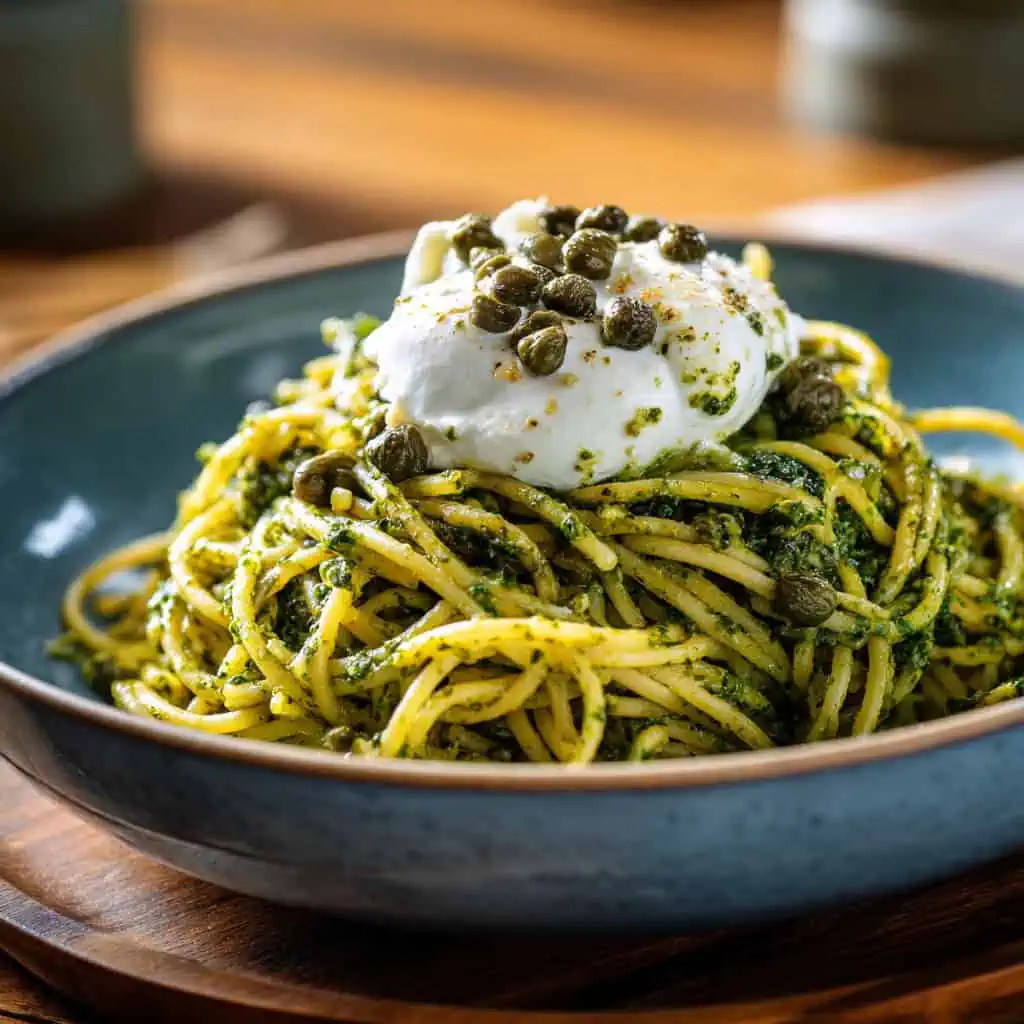

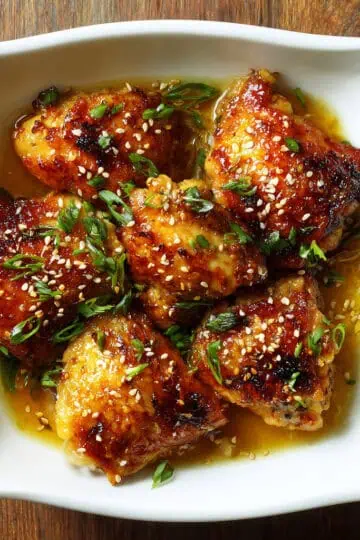


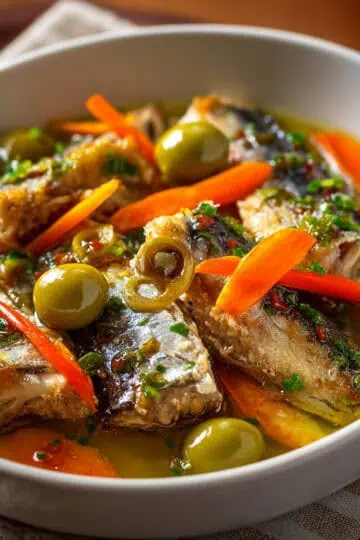
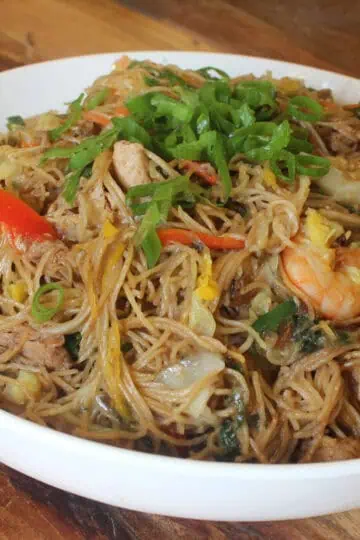
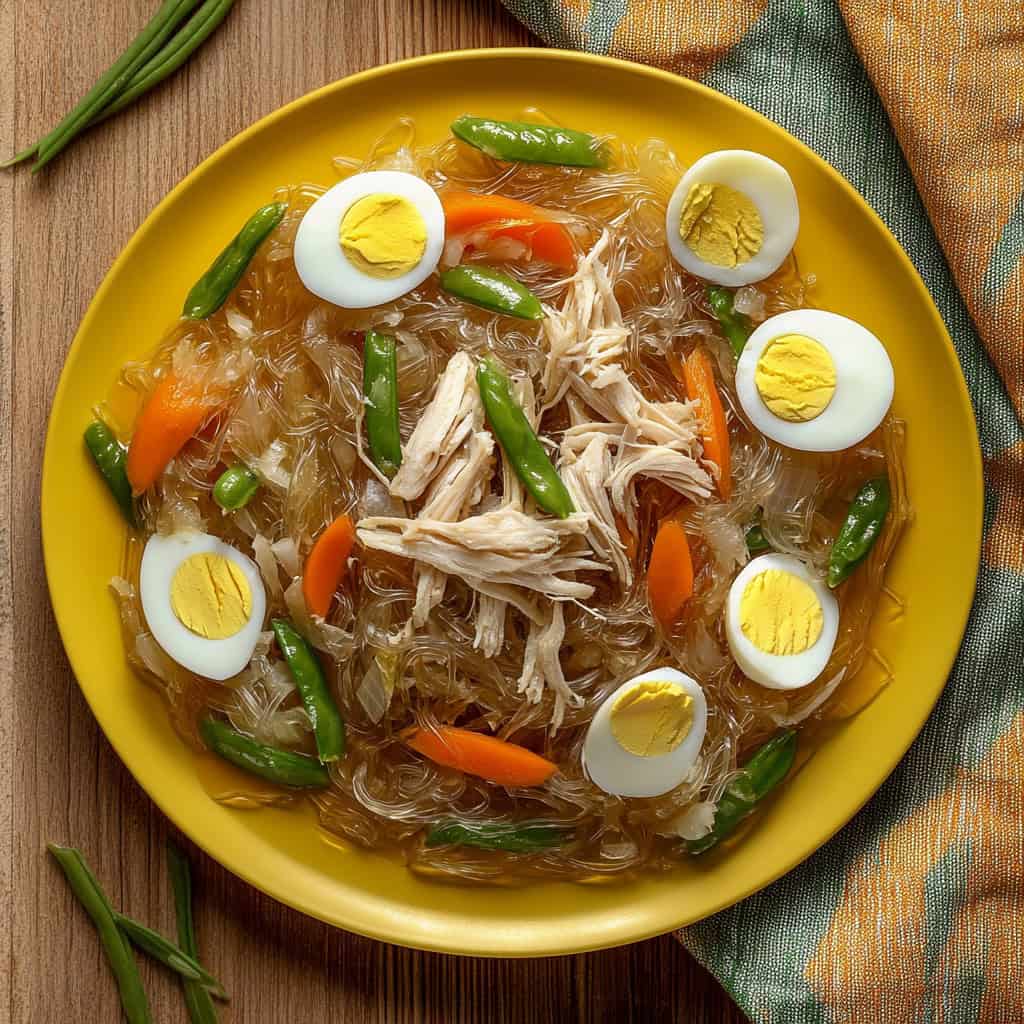
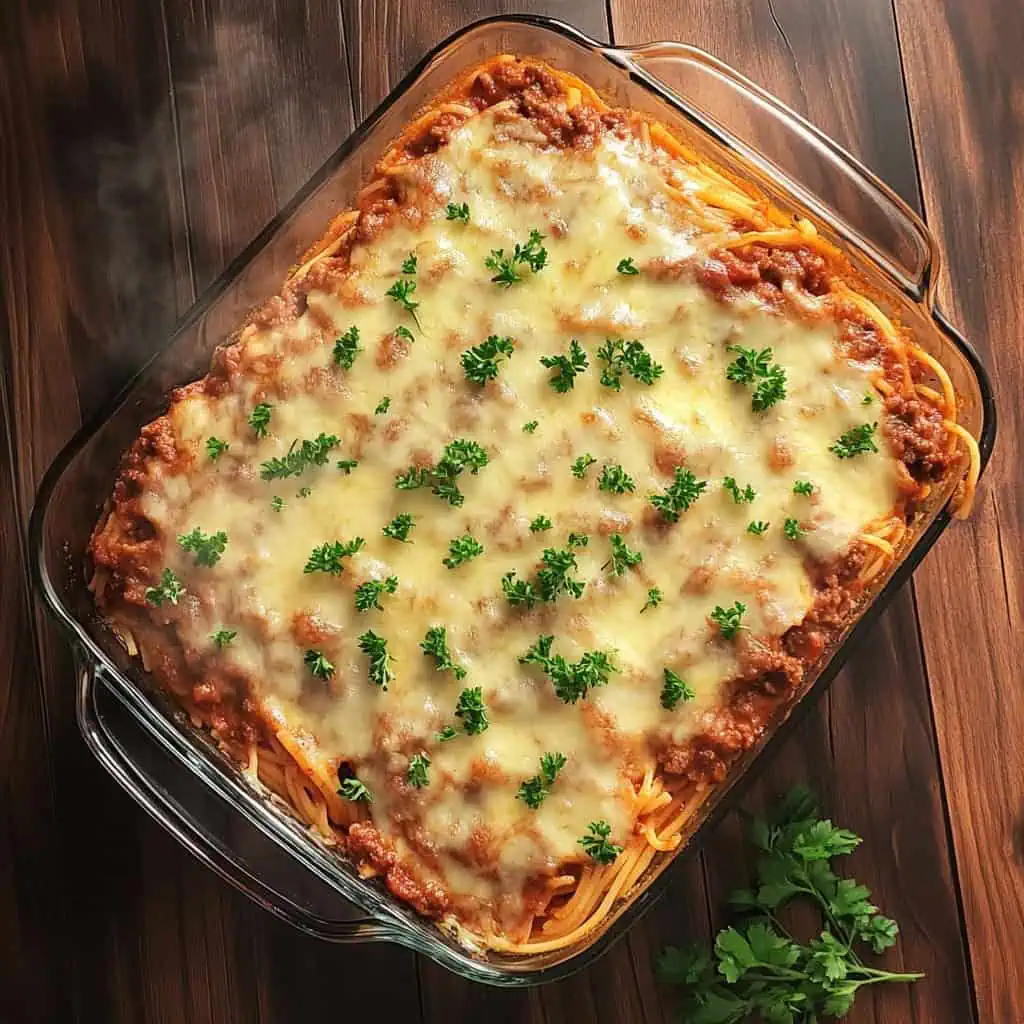

Comments
No Comments